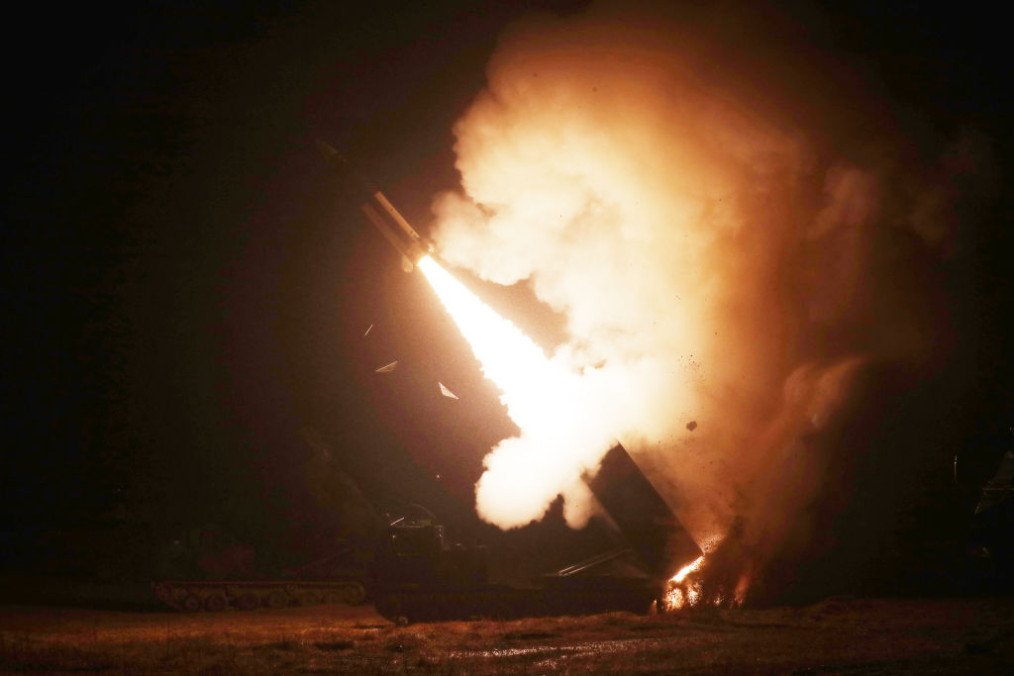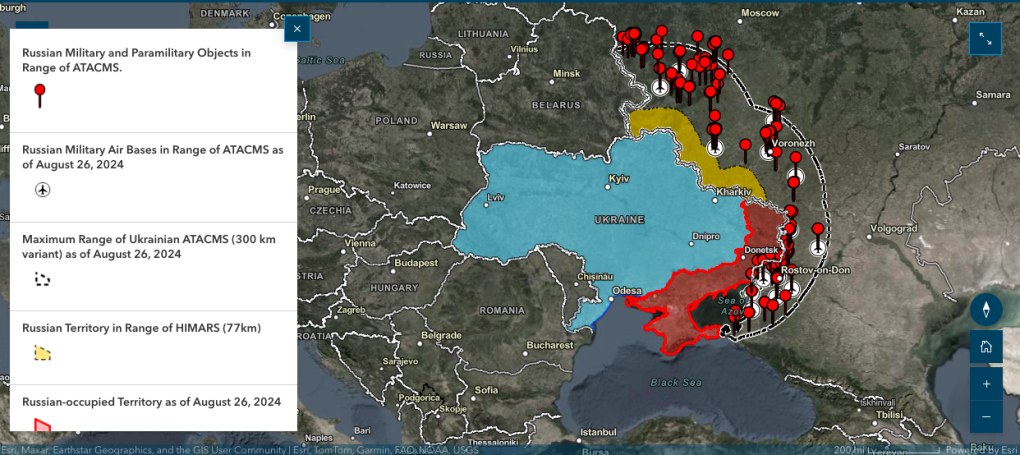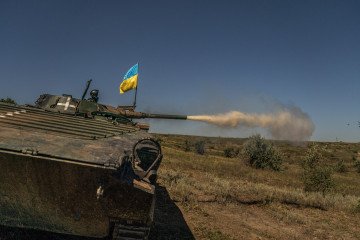- Category
- Latest news
Western Long-Range Missiles Could Soon Target Dozens of Russian Military Sites

The Western allies are moving closer to allowing the Ukrainian Armed Forces to strike targets inside Russia with long-range missiles. Among the potential targets are dozens of military airfields.
Four types of weapons could enable these strikes on Russian territory:
ATACMS quasi-ballistic missiles, specifically the MGM-140A Block I and MGM-164A Block II variants (although the U.S. administration has not yet approved their use on targets inside Russia);
SCALP EG / Storm Shadow cruise missiles;
Ukrainian-made unmanned aerial vehicles (UAVs).
These drones, which could be used, represent a different class of weapon from missiles, with significantly lighter warheads. However, their range allows them to strike targets far beyond the border. For instance, a drone based on the A22 Foxbat mini-aircraft was recently downed in the Murmansk region near the Olenya airfield.
Previously, Politico reported that a senior Biden administration national security official, speaking anonymously, stated that Russian forces had relocated some assets out of range of Western-provided Storm Shadow and ATACMS missiles. Another unnamed official confirmed that 90% of Russian aircraft conducting glide bomb strikes from Russian airspace had been moved away from airfields within range of these missiles. Sixteen Russian air bases are currently within range of Ukrainian ATACMS, and the Institute for the Study of War (ISW) has noted confirmed redeployments of Russian aircraft to bases beyond the range of these long-range weapons.
Despite these adjustments, US policy continues to limit Ukraine’s ability to strike up to 245 known Russian military and paramilitary targets — of which only 16 (6.5%) are air bases — as of August 26, 2024.
Earlier, ISW identified 250 such targets, including 17 air bases, within the range of Ukrainian ATACMS. The maximum range of Ukrainian HIMARS — which the US permits Ukraine to use in Russia under certain conditions — covers 20 of these targets. At least 225 known targets remain within the ATACMS range but beyond HIMARS reach, and over 85% of these targets are not air bases. While Ukrainian forces have employed their own long-range strike systems against some of these objects, their limited supply makes the small number of ATACMS that Ukraine has received potentially decisive.

Assessments that argue against allowing Ukraine to strike legitimate military targets in Russia solely because of air asset redeployments are incomplete, as they ignore the hundreds of other Russian targets supporting the war effort against Ukraine, according to the ISW.
On September 11, The Guardian reported, citing British government sources, that the UK had authorized Ukraine to use long-range Storm Shadow cruise missiles against targets inside Russia. A few days later, The New York Times revealed that the US was also prepared to lift restrictions on the use of Storm Shadow. These decisions have not been officially confirmed and may remain unannounced due to fears of escalation. Nevertheless, the likelihood of Western-made long-range missiles striking Russian targets is higher than ever. According to military experts, the primary targets for these strikes would likely be military airfields housing bombers, fighters, and helicopters of the Russian Aerospace Forces.
-ba02b3bc86f0b624f99115809a6a34d0.jpg)



-72b63a4e0c8c475ad81fe3eed3f63729.jpeg)


